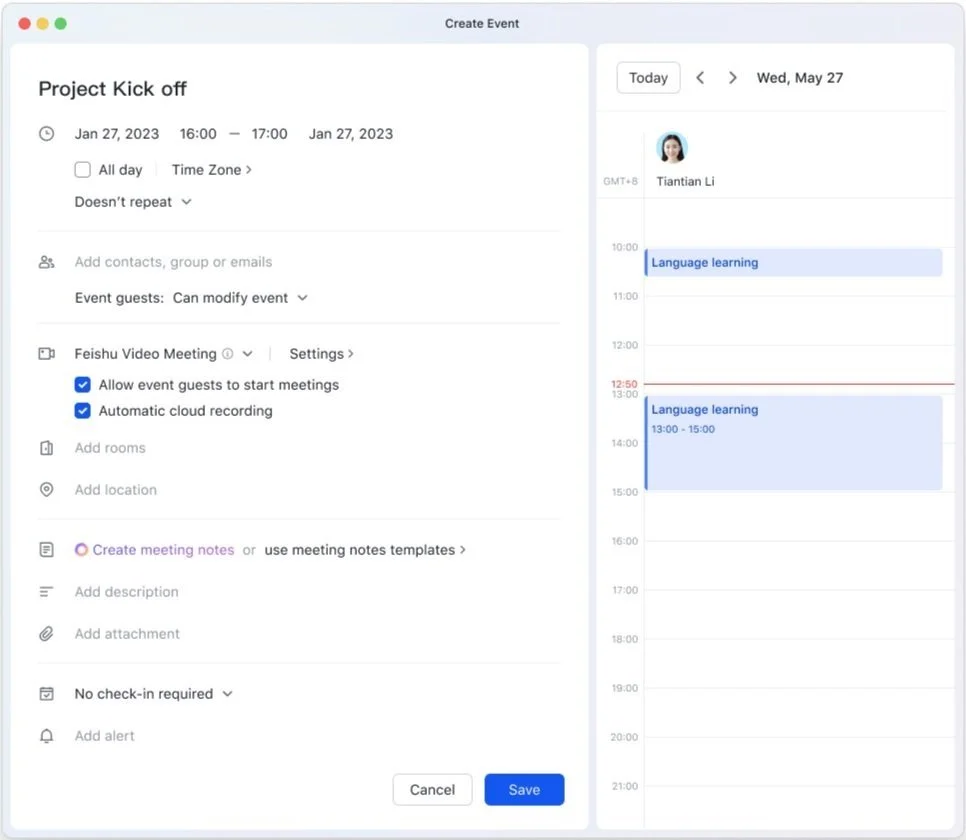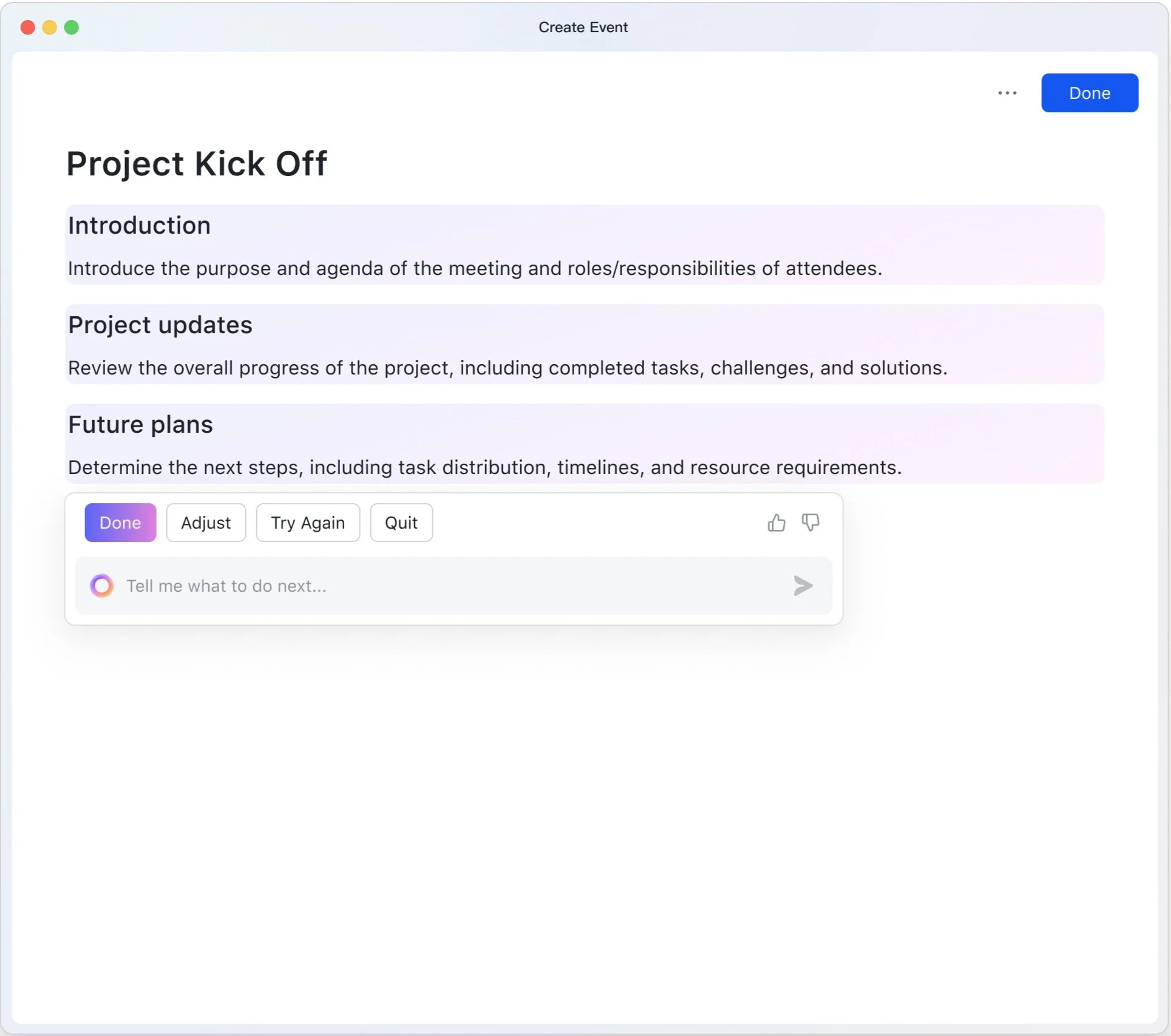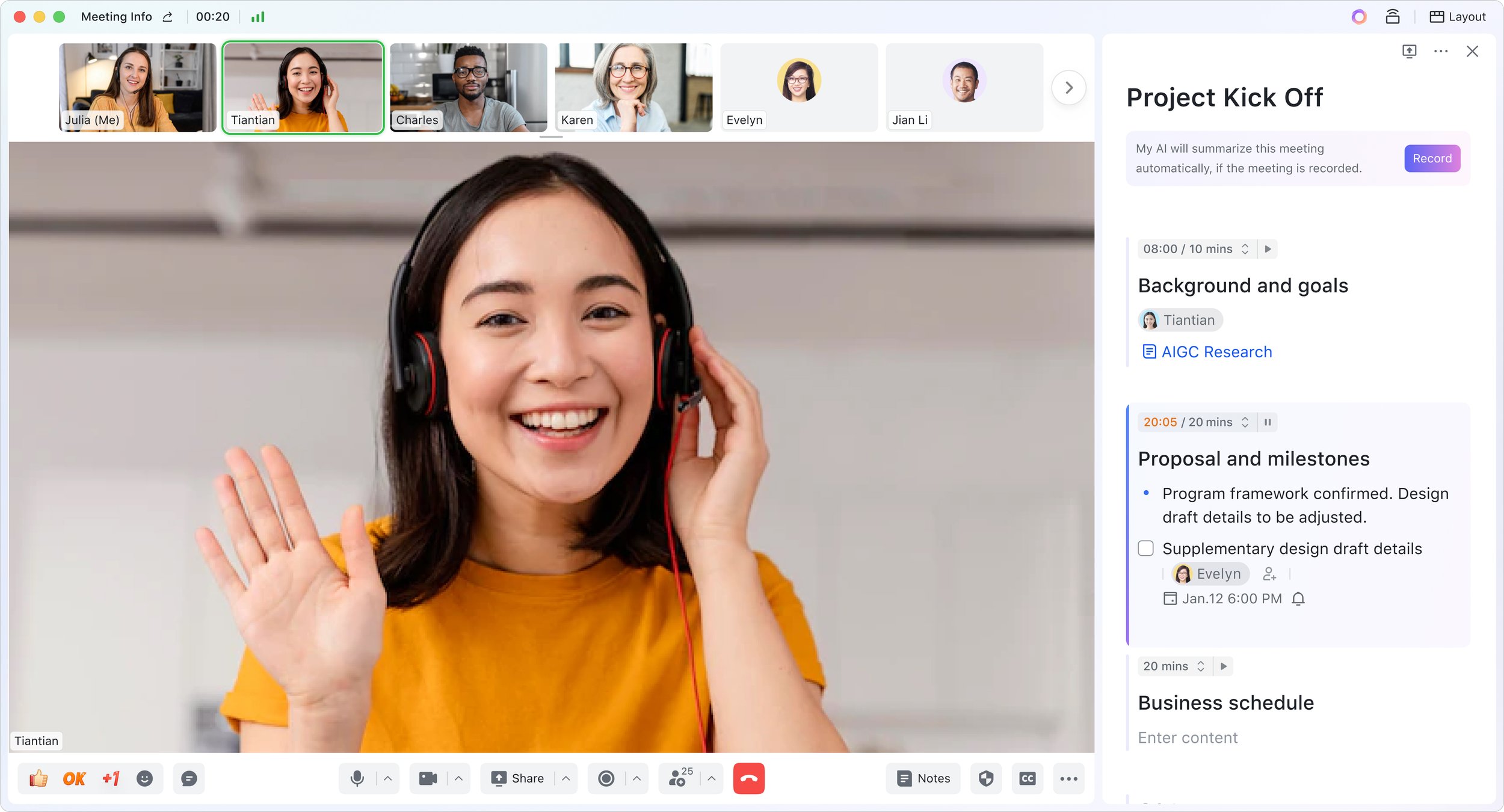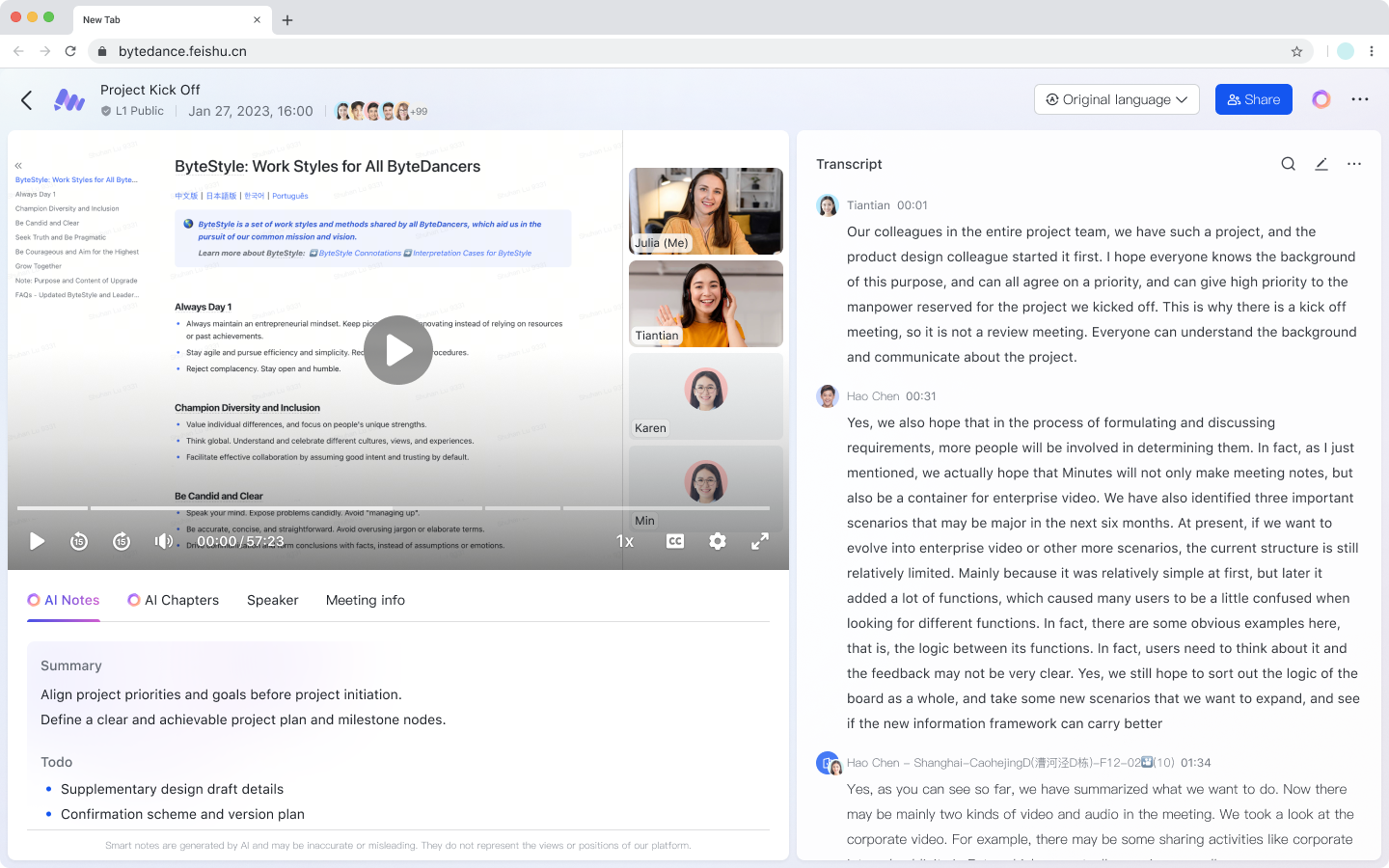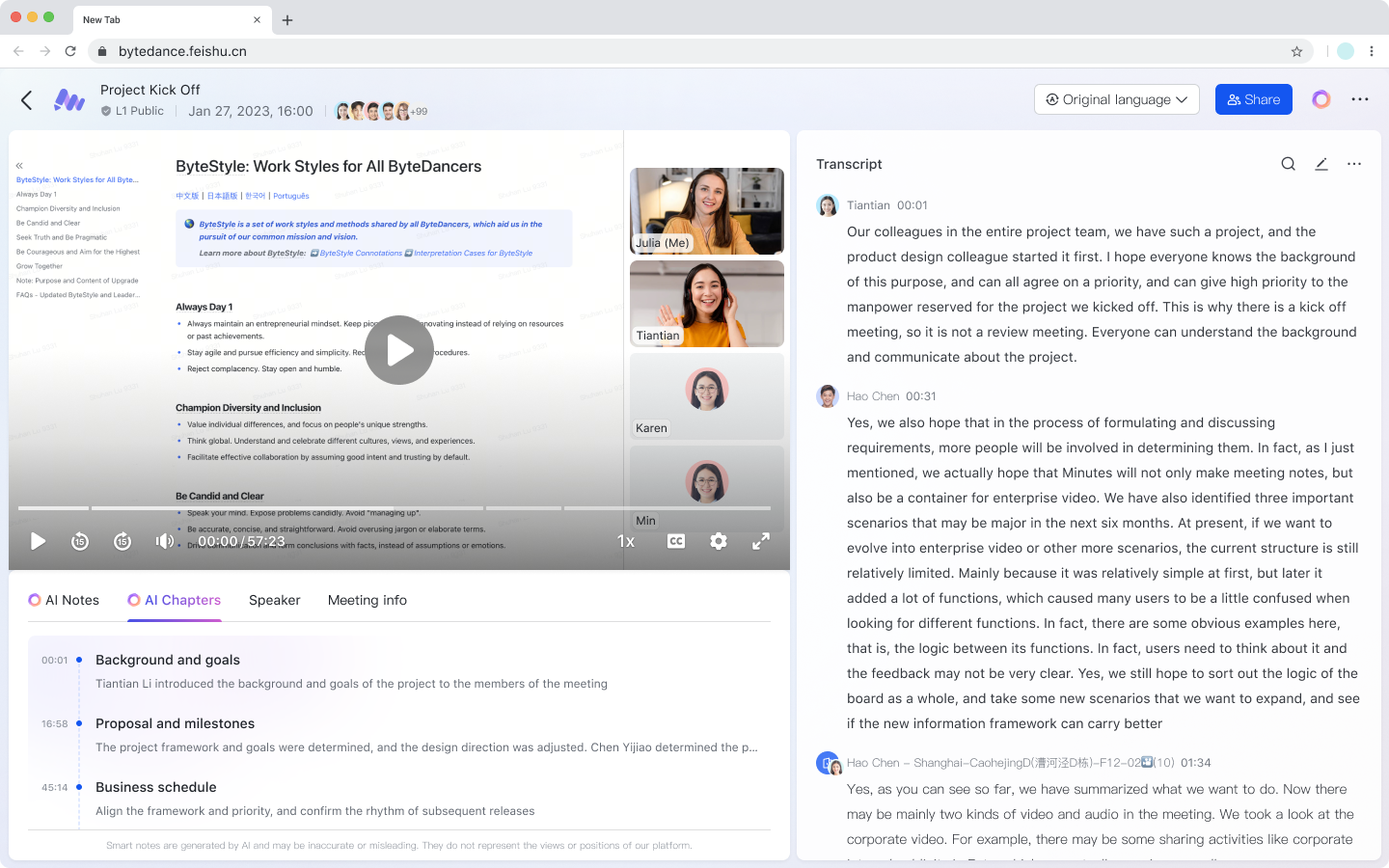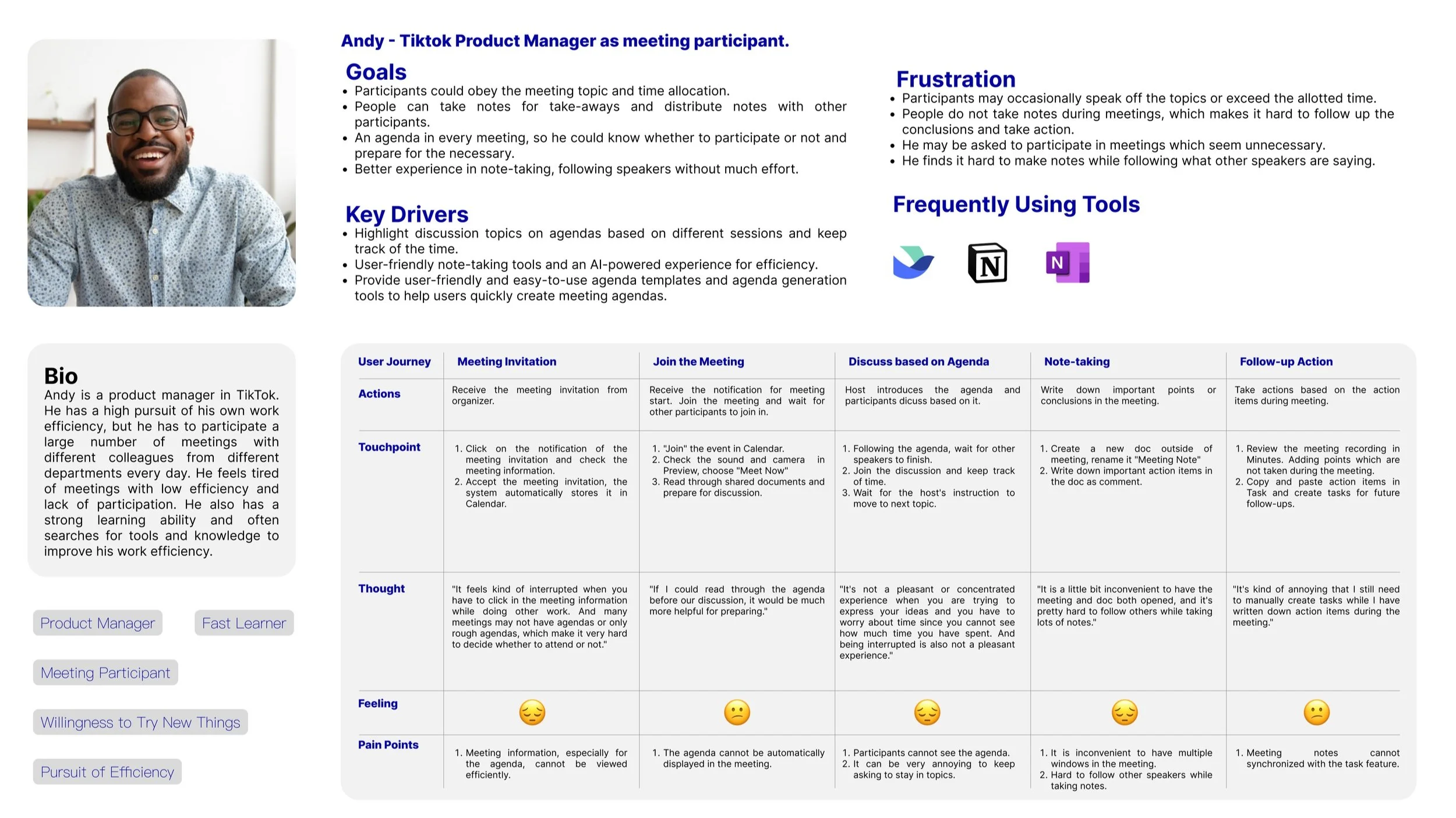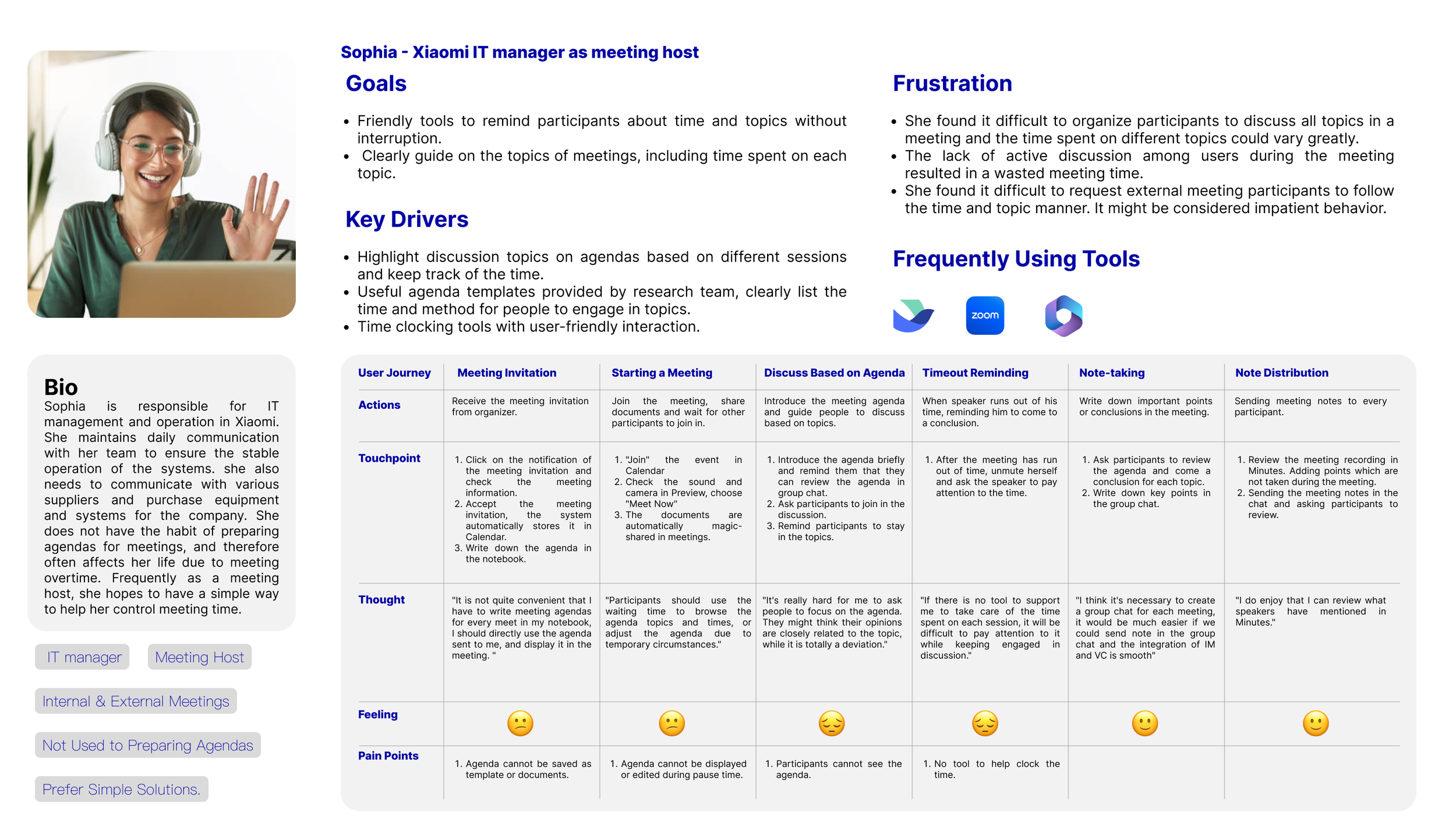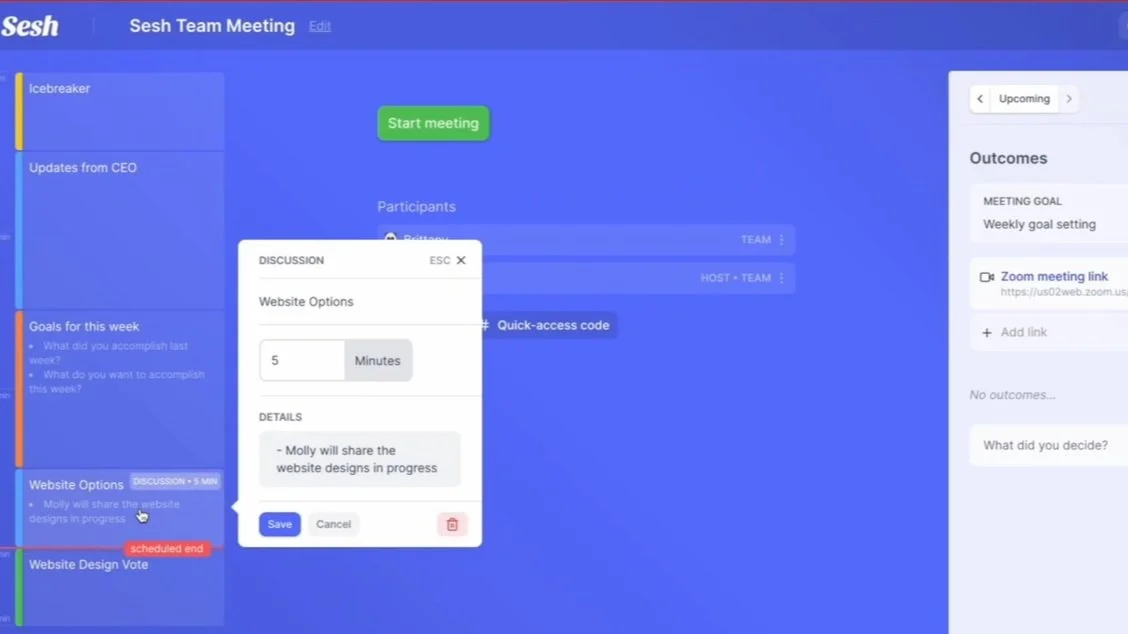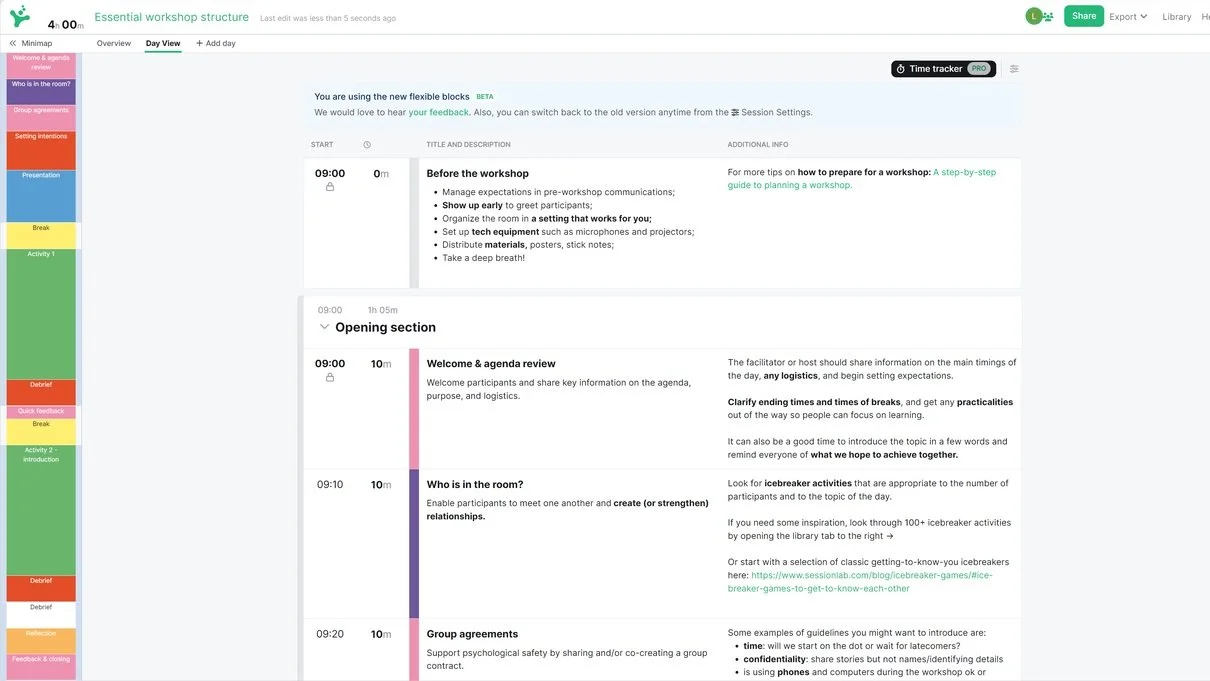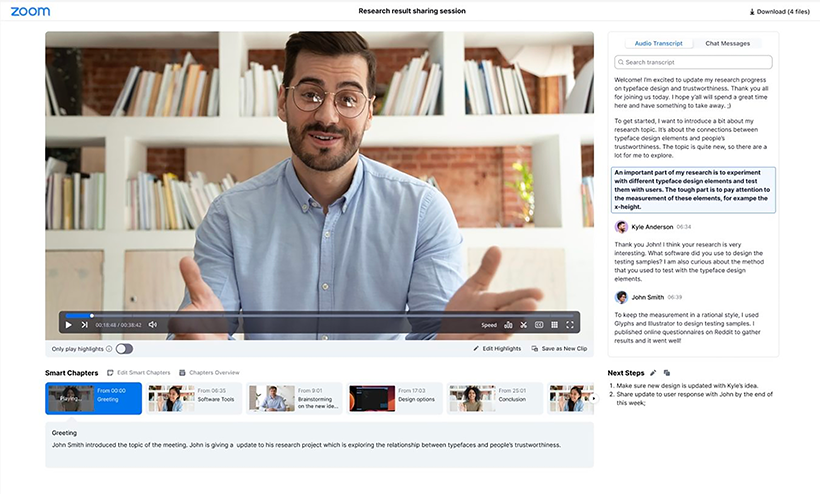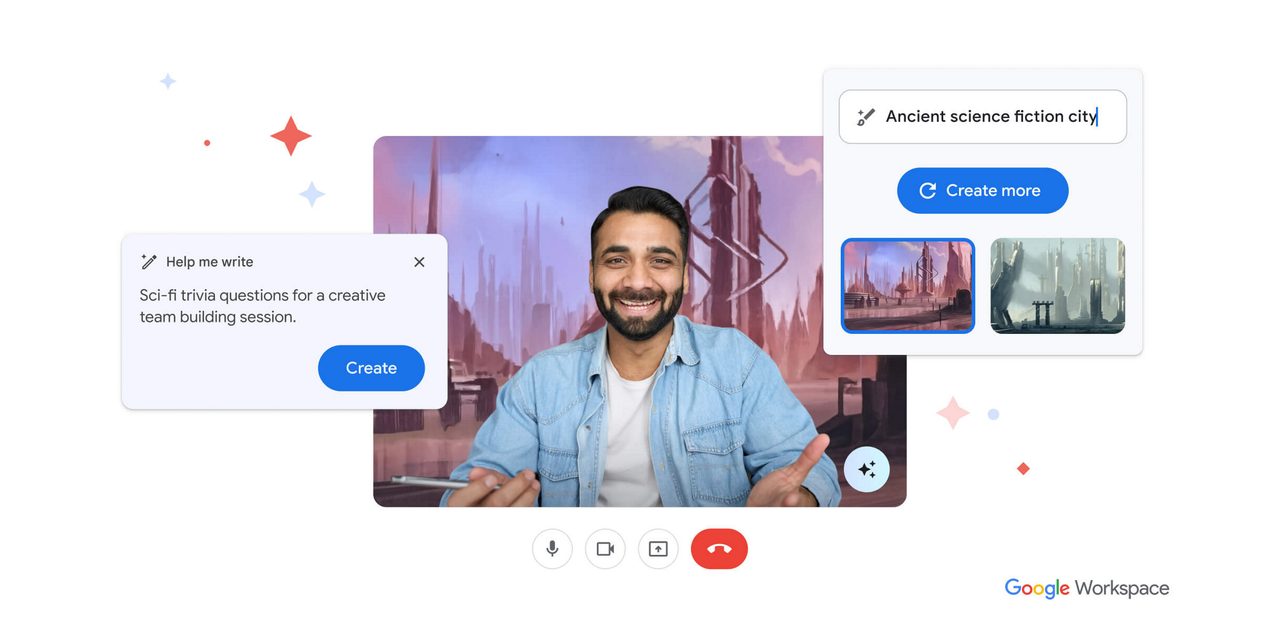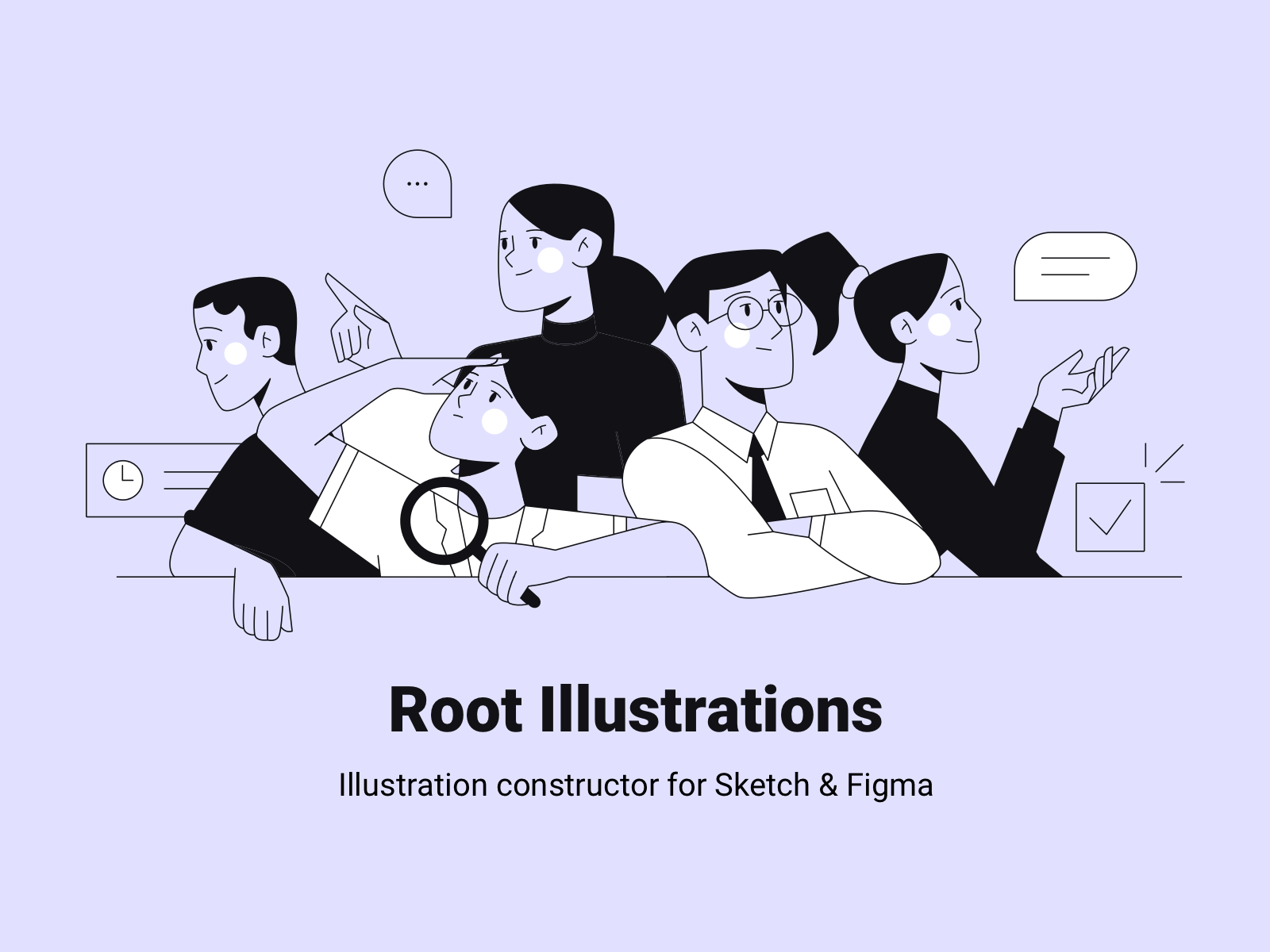
Introduction
Effective Meeting is an AI-empowered editable agenda feature built based on Lark Docs and Video Conference abilities. By introducing the meeting agenda, Effective Meeting is committed to helping companies reduce average meeting duration and number of meetings, easily and efficiently complete high-quality meetings.
Lark website: www.larksuite.com 飞书 website: www.feishu.com
Effective Meeting Introduction Detailed Version: Effective Meeting
The full description is based on information before August 2023. Confidential data has been processed.
Key Achievements & Roles
-
Within the beta scope, 35% of users utilized new features, which helped reduce weekly meeting time by 15%, saving the organization an estimate 500 person-hours per day.
-
Amplified Bytedance's LLM capabilities, elevating the feasibility rate of AI-generated content from 10% to 40% and accuracy from 30% to 60% through collaborating with AI Lab.
-
Collaborated with the user research team to analyze existing user ata, gaining insights into user habits and usage scenarios to ensure that the features aligned with unmet needs.
Conducted competitive analysis in the collaboration tools, identifying market gaps and opportunities, emphasizing meeting management and AI capabilities.
-
Defined the functions and usage process of the product and pioneered the development to launch.
Collaborate with multiple teams, collect user feedback through various testing processes, and continuously iterate the product experience.
The Challenge of Video Conference Era
According to internal research from Microsoft, the time people spent on remote video conferencing during the epidemic almost doubled (for Microsoft, it increased from about 7 hours per week to 14 hours). This high dependence has led to the rapid development of video conferencing during the epidemic, deepening people's dependence on remote conferencing. For ByteDance, the core issue explored by Lark's video conferencing is: how to help enterprise employees hold higher quality meetings in the post-epidemic era?
Context
Meetings inside Bytedance
Meetings with unclear topics
The lack of clear themes and goals during the meeting resulted in divergent discussions and timeouts.
Meetings ended without clear conclusions and follow-ups
The conclusion and to-do list were not clear, which resulted in the participants being unable to advance the tasks in a timely manner, the overall efficiency was reduced.
Cloud video conferencing is developing rapidly. While the cost of organizing meetings is decreasing, the number and duration of meetings continue to increase.
Effective Meeting Value Proposition
The goal of the Effective Meeting project is to help reduce the meeting duration and number of meetings.
We divide the entire meeting process into pre-meeting, during-meeting, and post-meeting. By empowering Lark Video Conference with new feature, the meeting will evolve from "divergent discussion" to "problem solving", so that the meeting discussion focuses on conclusions and the post-meeting action has key points. With the ability of AI, enhance the user experience.
Pre-meeting Scheduling
The conference organizer will provide a brief overview of the conference in advance, including the content to be discussed and related reading materials, reminding participants to prepare in advance to contribute to the discussion.
Post-meeting Conclusion
The meeting host efficiently sends the meeting conclusion and to-do list to the participants after the meeting, and participants can follow up on tasks in an organized manner.
During-meeting Focusing
The host effectively guides participants to discuss based on the theme and controls the pace and progress of the entire meeting.
AI-empowered Efficiency
Further improve the eifficiency of organization before the meeting, discussion during the meeting, and conclusion circulation after the meeting.
Research
The previous research was mainly divided into 3 parts, User Research, Competitor Analysis & Data Insights. By combining the research results, we divide pain points and functions into 3 categories:
-
- Cannot reuse agenda templates from Doc in Lark.
- The process of collecting feedback is cumbersome.
- Meeting information, especially for the agenda, cannot be viewed efficiently.
- It can be very annoying to keep asking to stay in topics.
- There is no useful tool for note-taking in Lark.
- Hard to follow other speakers while taking notes.
- No tool to help clock the time.
-
- Adjusting the agenda is difficult and time-consuming.
- The agenda cannot be automatically displayed in the meeting.
- Meeting notes cannot synchronized with the task feature.
-
- Adjusting the agenda is difficult and time-consuming.
- It’s difficult to discuss and take notes at the same time.
- It is too cumbersome to review the key points of a long meeting through recording.
-
- Meeting templates that can be directly applied to meeting.
- Allow people to interact (comment, edit, add emojis, etc.) in the meeting information.
- Highlight the agenda in Calendar viewing.
- Highlight the ongoing sessions & topics in the agenda.
- Allow people to leave notes in the agenda.
- By recording the meeting, people can review key points in transcription.
- Session overtime reminder.
-
- Generate agenda based on basic information offered, including meeting type, duration and topic.
- Automatically display the agenda in the meetings including agendas.
- Allow participants to pause or resume the agenda.
- The action items created in the meeting will be sent to Task Management automatically.
- The meeting notes will distributed to every participant through system.
-
- Adjust agenda based on revision requests.
- Summarize the meeting based on transcription.
- Segment the meeting into different chapters based on transcription.
- Generate action items based on transcription.
User Analysis & Segmentation
Based on user analysis, we have identified the pain points and prioritized them based on user value and user experience.
-
Schedule Creation
- Cannot reuse agenda templates from Doc in Lark. P0
Meeting Information (Ask for Feedback & Revision)
- The process of collecting feedback is cumbersome. P0
- Adjusting the agenda is difficult and time-consuming. P1
Meeting Invitation
- Meeting information, especially for the agenda, cannot be viewed efficiently. P0
-
Join Meeting
- The agenda cannot be automatically displayed in the meeting. P1
- Agenda cannot be displayed or edited during pause time. P1
Discussion based on agenda
- It can be very annoying to keep asking to stay in topics. P0
-
Note-taking
- There is no useful tool for note-taking in Lark. P0
- Hard to follow other speakers while taking notes. P0
- No tool to help clock the time. P0
Follow-up Action
- Meeting notes cannot synchronized with the task feature. P1
The main users of Lark could be divided into 3 categories: Bytedancer, Key Account User and Potential Customer. Each category may have 3 identities during meetings: organizer, participant and host. By combining 2 dimensions into the chart below, we can figure out the priority for persona analysis.
We choose one persona from each segment to dive into. Based on the number of identities and business strategy, the priority is listed below.
Bytedancer
Key Account User
Potential Customer
Research
The previous research was mainly divided into 3 parts, User Research, Competitor Analysis & Data Insights. By combining the research results, we divide pain points and functions into 3 categories:
-
- Cannot reuse agenda templates from Doc in Lark.
- The process of collecting feedback is cumbersome.
- Meeting information, especially for the agenda, cannot be viewed efficiently.
- It can be very annoying to keep asking to stay in topics.
- There is no useful tool for note-taking in Lark.
- Hard to follow other speakers while taking notes.
- No tool to help clock the time.
-
- Adjusting the agenda is difficult and time-consuming.
- The agenda cannot be automatically displayed in the meeting.
- Meeting notes cannot synchronized with the task feature.
-
- Adjusting the agenda is difficult and time-consuming.
- It’s difficult to discuss and take notes at the same time.
- It is too cumbersome to review the key points of a long meeting through recording.
-
- Meeting templates that can be directly applied to meeting.
- Allow people to interact (comment, edit, add emojis, etc.) in the meeting information.
- Highlight the agenda in Calendar viewing.
- Highlight the ongoing sessions & topics in the agenda.
- Allow people to leave notes in the agenda.
- By recording the meeting, people can review key points in transcription.
- Session overtime reminder.
-
- Generate agenda based on basic information offered, including meeting type, duration and topic.
- Automatically display the agenda in the meetings including agendas.
- Allow participants to pause or resume the agenda.
- The action items created in the meeting will be sent to Task Management automatically.
- The meeting notes will distributed to every participant through system.
-
- Adjust agenda based on revision requests.
- Summarize the meeting based on transcription.
- Segment the meeting into different chapters based on transcription.
- Generate action items based on transcription.
Agenda Product Analysis
Most meeting agenda products have provided agenda capability for multi-person collaborative editing. The shortcoming is that SessionLab and Fellow are actually document editing tools that need to be combined with third-party meeting tools (such as Zoom and Google Meet) to complete the overall process. Among them, the user interaction of agenda and friendly reminders are worth learning from.
I have conducted in-depth experience analysis for each product, and here is the detailed analysis about Sessions.
Session
Implemented VC products with agenda running through before, during, and after the meeting
Provided functions before, during, and after the meeting around the agenda.
Provide complete meeting capabilities.
Sesh
Meeting interaction tools for different types of meetings
The interaction of the agenda (different agenda types, agenda control) during the meeting is quite interesting.
Completed agendas will be closed; agendas support jumping (previous, next, directly click on the corresponding agenda); support modifying the agenda during the meeting.
MeetGeek
Meeting analysis tools based on the agenda
Agenda-based AI analysis makes AI analysis more controllable and accurate.
Provided rich data evaluation dimensions to help improve meeting quality.
SessionLab
Document editing tool specifically for meeting agenda management
Document editing around the agenda is powerful.
Rich templates assist in quickly establishing agendas.
Video Conference AI Capabilities
Currently, mainstream competing products prioritize AI capability iteration to meet post-meeting scenarios. Emphasizing the "efficiency improvement" through AI natural language analysis capabilities, important functions mentioned by all mainstream competing products include meeting notes, intelligent chapters, and to-do extraction.
The focus of the next round of AI iteration will gradually shift from "efficiency" to "collaboration" - improving individual office and intra-organizational collaboration experiences through AI content generation.
Teams
The core goal of Teams AI is to "provide better collaboration" and "improve meeting efficiency".
From a functional perspective, Teams has prioritized the launch of Intelligent Recap, a meeting summary function based on natural language analysis. With the integration of Loop Component with Teams, the next plan may be to use Loop Component as the core component to carry Copilot, thereby connecting the meeting scene with various tools of Microsoft 365, further improving the real-time collaboration experience and efficiency.
Zoom
The functions that have been launched include: meeting summary, intelligent chapter (Smart Recording includes efficiency analysis), and Chat Writing.
Upcoming features include: meeting query (review and summarize specified content in the meeting), email writing, team chat summary, whiteboard content writing and classification.
Users' positive feedback and expectations are clearly focused on efficiency improvement, with a focus on Intelligent Chapters and Meeting Summary.
Vowel
Vowel did not provide a clear direction and target business for AI iteration. Currently, the focus of AI capabilities is on summarizing and analyzing.
Review agencies and reviews on Product Hunt mainly focus on the abstracts, action items, and fast generation speed provided by Vowel.
Currently, the capabilities related to natural language analysis that have been launched include: Summary, Catch me up, MeetingGPT, and AI action items.
Vowel AI capabilities and scenarios:
Context summary (during and after the meeting), Text writing (summary rewriting after the meeting)
Google Workspace Duet AI focuses mainly on Content Generation capabilities, demonstrating the ability to summarize context in meeting scenarios, with the core goal of improving efficiency by "getting things done". In the latest video demo, Duet AI is shown to help follow up meeting agendas, record meeting highlights, and record to-do tasks.
From a functional perspective, Google Meet currently does not have any capabilities related to generative or natural language analysis.
Google Workspace lists content generation capabilities as a current iteration focus.
Data Insight
By working with the data team, combined with the early stages of user analysis. We determined the launch rhythm of the function in the device and meeting types, and determined the core KPI.
-
- Meeting duration and the number of meetings in enterprise.
- Function usage and penetration of meeting notes documents.
- Function usage and penetration of the meeting agenda in the meeting.
-
- The first phase includes schedule meetings, instant meetings, and 1V1 calls.
- It does not currently include webinars, interview meetings, and encrypted meetings.
-
- Prioritize supporting PC, Mobile, Pad, and Rooms, and consider expanding Web VC and SIP/H.323 in the second phase.
Product Roadmap
Risk Mitigation
-
- Based on the existing permission control ability, the minutes document is combined with the Lark Doc ability, and the meeting agenda permission follows the Lark Doc.
- During the meeting, document permissions can be offered to temporary participants. After the meeting, document reading and editing permissions will be revoked by default.
-
- Collect feedback from different user groups through gray scale to control system risks within a reversible range.
- Prevent PR crises caused by system problems and avoid malicious competition from competing companies.
-
- Considering that some users have not upgraded their hardware, it is necessary to ensure the smooth use of low-end machine users.
-
- Considering the internationalization, the display of different languages in the user interface needs to be considered.
GTM Strategy
-
- When users use the new version of video conferencing for the first time, remind them of the new feature launch through Toast and guide them to the Help Center to learn more.
-
- In conjunction with the Lark 7 version launch event, prepare introduction of Effective Meeting including functions, usage, and best practice cases.。
-
Visit KA customers to promote product features and generat best practices.
-
- Offer product feature trials to potential customers, collect user feedback, and explore business opportunities.
-
- Provide customized services for KA customers , and provide solutions that are more in line with their own development status.
- Explore potential product development directions by co-building solutions with customers.

